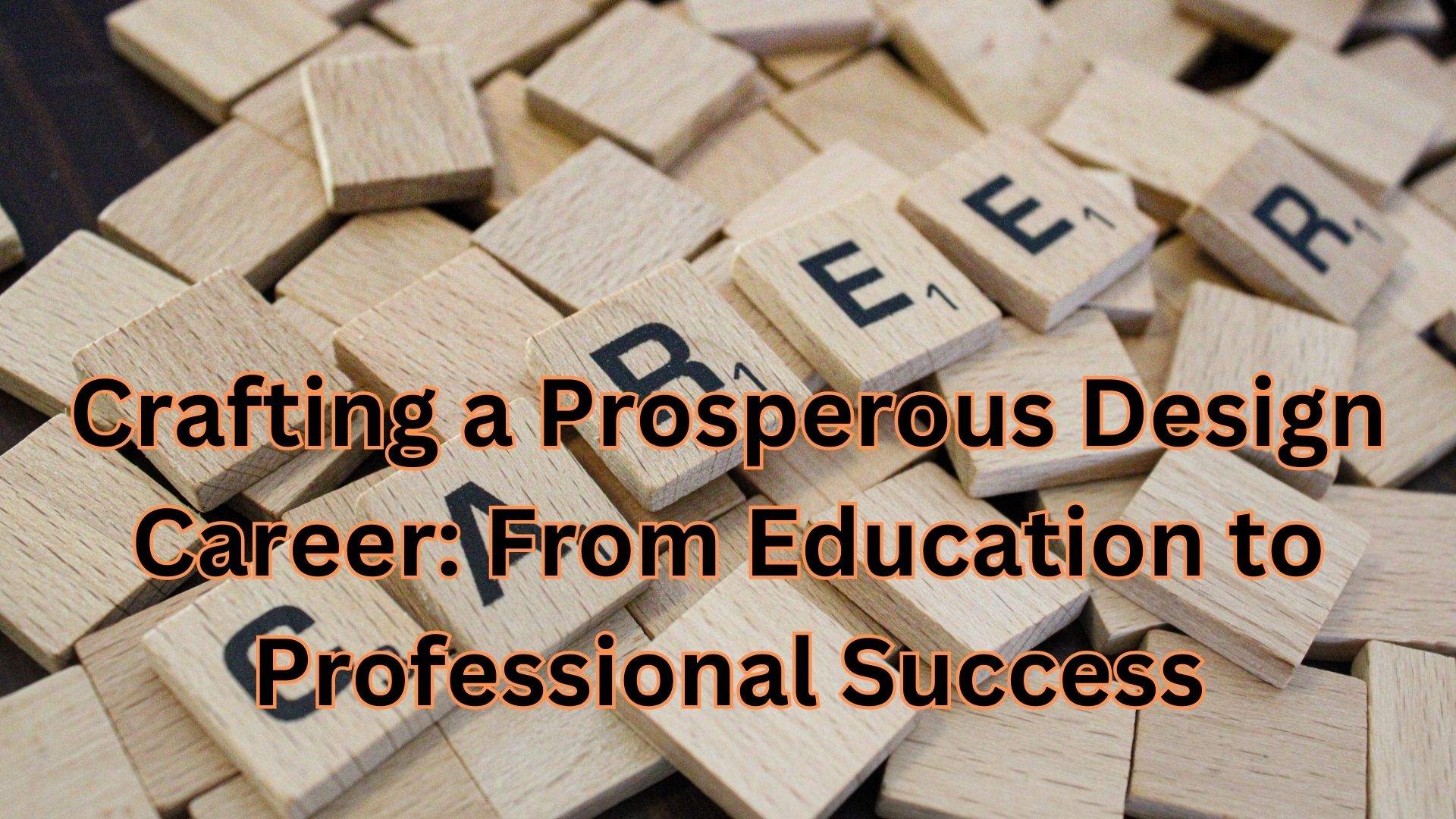
Education is often perceived as a journey of discovery, akin to a transformative odyssey where knowledge serves as a guiding compass for individuals exploring the mysteries of the world. However, beyond the mere accumulation of facts and figures, there exists a profound and deeper journey—one of self-discovery.
Design studies, perhaps, represent one of the most effective avenues for young scholars to experience this transformative education. It nurtures self-awareness, helping students unearth their strengths, passions, and areas for growth. Furthermore, it equips them with the skills and mindset required to confidently navigate the complexities of the professional world with a sense of purpose.
This is why India has witnessed a remarkable surge in design education. It appeals to individuals with artistic talents, offering them a career path that nurtures and enhances their creative abilities. Simultaneously, it caters to those seeking expertise in the intricacies of product development, ensuring the successful realization of innovative and transformative ideas.
Embarking on a career in design can be an exhilarating journey filled with creativity, innovation, and the opportunity to shape the world around us. Design plays a pivotal role in various industries, spanning from graphic design and web development to interior design and fashion. For those aspiring to carve a niche in this dynamic field, several key considerations come into play.
Choosing the Right Institute: Where Education Begins
Selecting the right educational institution forms the bedrock of a promising design career. In-depth research and comparisons among various institutes are vital to ensure access to quality education and exposure. Seek out institutions that offer accredited design programs, feature experienced faculty members, modern facilities, and maintain a robust alumni network. Factors such as program specialization, course curriculum, and opportunities for internships or industry collaborations should be considered. Visiting campuses, attending open houses, and seeking opinions from current students can offer invaluable insights.
Design-Oriented Education Nurturing Creativity
Design education is a blend of theoretical knowledge and practical application. Courses encompass a wide spectrum of subjects, including design principles, color theory, typography, software proficiency, user experience (UX) design, and more. Choosing a program that aligns with one’s interests and career goals is crucial. Diversifying one’s skill set is imperative, as design roles often demand multidisciplinary expertise. Be prepared to learn not only design techniques but also project management, communication skills, and the ability to collaborate effectively within a team.
Prospects Post-Design Courses: Pathways and Possibilities
Upon completion of a design course, a plethora of career paths awaits. Designers find opportunities in sectors such as advertising, marketing, architecture, fashion, gaming, and technology. Graphic designers craft compelling visual content, UX/UI designers enhance user experiences, interior designers transform spaces, and fashion designers breathe life into innovative trends. The evolving digital landscape has expanded into web and app design, virtual reality, and augmented reality. Furthermore, freelancing and entrepreneurship offer viable options for those seeking creative independence.
Financial Aspects: Salaries and Beyond
While financial rewards vary based on factors such as specialization, experience, and location, design careers can be financially rewarding. Entry-level salaries provide a solid foundation, and as designers accumulate experience and build their portfolios, they often command higher compensation. As of 2021, industry reports indicated a median annual wage of around $54,680 for graphic designers in the United States. However, it’s important to note that financial success is often linked to the value a designer brings to the table and their ability to adapt to industry trends.
Challenges on the Creative Horizon: Navigating Hurdles
A career in design comes with its share of challenges. Design is subjective, and not all projects will align with personal aesthetics. Criticism and revisions are integral parts of the process, necessitating designers to develop resilience and open-mindedness. Meeting tight deadlines and managing multiple projects simultaneously can be demanding. Additionally, staying updated with rapidly evolving design tools and technologies is crucial, as falling behind could hinder career growth.
In conclusion, embarking on a career in design requires careful planning and unwavering commitment. Choosing the right institute, honing skills through a well-rounded education, and embracing diverse career paths can lead to a fulfilling journey. Aspiring designers should remember that challenges are opportunities for growth, and the ever-evolving nature of design ensures a dynamic and rewarding professional life.
Also Read
How to Earn Your First ₹1,000 Online from Your Mobile: A Step-by-Step Guide To Earn Money Online
